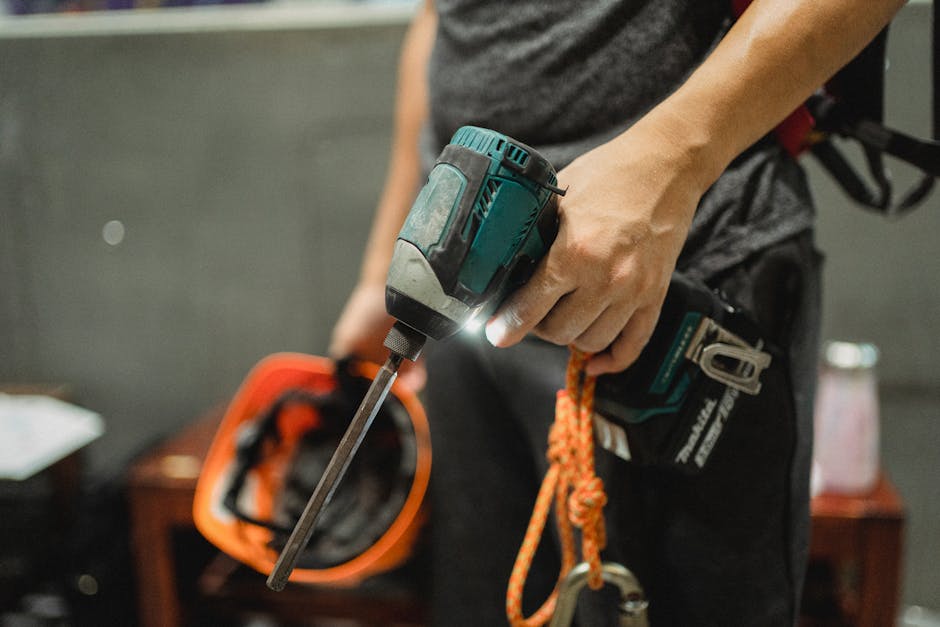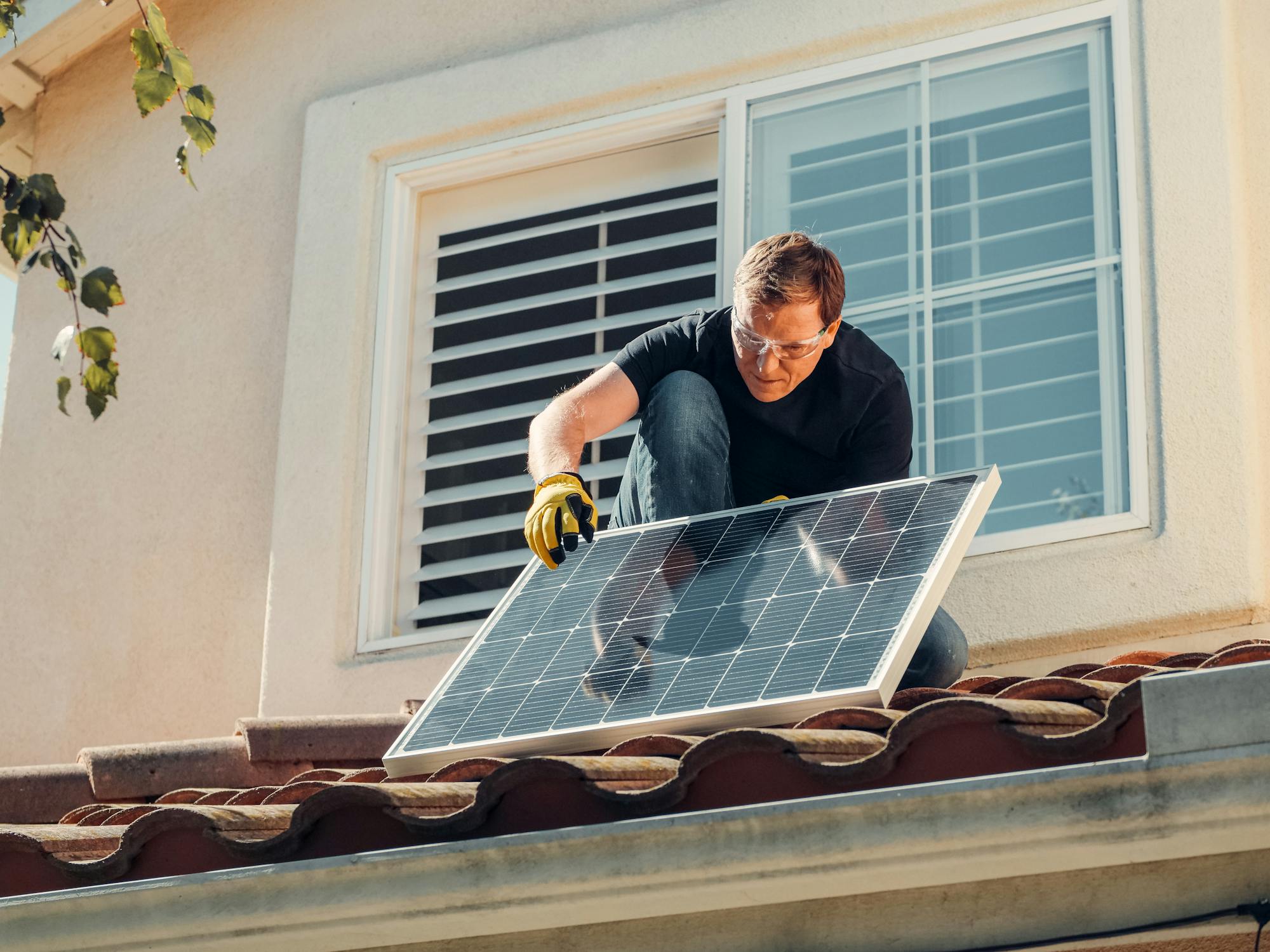Essential Safety Tips for DIY Electrical Repairs

Engaging in DIY repairs can help you save money and feel a sense of achievement. However safety should be your priority to prevent accidents and ensure the projects success. This article shares advice for safely managing DIY electrical repairs whether you're new to it or have some experience.
Getting a Grip on Electricity Fundamentals
Before tackling any electrical repair work it's crucial to grasp the basics of electricity. Electricity flows through conductors like wires. Mishandling it can result in serious harm or even fatalities. Get familiar with terms such as voltage, current and resistance. Voltage measures electric potential current indicates electricity flow and resistance is the opposition to that flow.
Understanding these concepts will enable you to make choices during repairs. Additionally knowing how to use a multimeter for voltage and continuity measurements can be extremely beneficial. Organizations like OSHA offer resources on electrical safety guidelines.
Essential Tools and Equipment
Having the tools is essential for safe electrical repairs. Key tools include;
- Insulated screwdrivers
- Wire strippers
- Multimeter
- Voltage tester
- Pliers
- Electrical tape
Insulated tools are crucial as they provide a barrier, between you and the electrical current reducing the risk of accidental shocks.
Before starting any work it's important to use a voltage tester to ensure that circuits are not energized which is crucial for your safety.
Properly shutting off power is a step in electrical repairs
Always switch off the circuit breaker that controls the circuit you are working on and confirm the power is off with a voltage tester. It's helpful to label circuit breakers for identification in future repair tasks.
| Step | Action |
|---|---|
| 1 | Identify the correct circuit breaker for your task. |
| 2 | Turn off the designated circuit breaker. |
| 3 | Use a voltage tester to check if there is no power flowing in the circuit. |
| 4 | Label the circuit breaker for use. |
To avoid mistakes and potential dangers during electrical repairs remember these common errors
- Ensure you match wire sizes with their corresponding breakers.
- Secure connections properly to prevent overheating and fires.
- Pay attention to ground wires as they help prevent shocks.
- Avoid overloading circuits by distributing loads across multiple circuits to prevent breaker tripping.
Ground Fault Circuit Interrupters (GFCIs)
Ground Fault Circuit Interrupters (GFCIs) play a role in safety by cutting off power when an imbalance, in current is detected, protecting against electric shocks.
Installing Ground Fault Circuit Interrupters (GFCIs) in areas where water's present, like bathrooms and kitchens helps enhance safety. The National Fire Protection Association (NFPA) reports that GFCIs have significantly reduced instances of electrocutions since they were introduced in the 1970s.
Knowing When to Seek Professional Help
There are tasks that may go beyond your expertise or require specialized knowledge. Complex projects such as panel upgrades or rewiring entire rooms should be handled by electricians. It's wiser to invest in assistance rather than risk injury or violations of electrical codes.
Having a grasp of electrical principles using appropriate tools shutting off power correctly avoiding common errors and utilizing GFCIs are crucial steps in ensuring safe do it yourself electrical repairs. If you feel a project is too challenging for you it's best to seek guidance from an electrician without hesitation.
Advanced Tips, for DIY Electrical Repairs
For those who have mastered the fundamentals and aim to elevate their DIY skills here are five advanced tips to ensure that your projects are both secure and successful;
1. Strategically Plan Your Circuit Layout
Before embarking on any electrical project its essential to meticulously plan your circuit layout. Create a diagram that encompasses all outlets, switches and fixtures. This will help prevent circuit overloads and ensure a distribution of electrical load.
Effective planning can also simplify troubleshooting in the future.
2. Utilize Junction Boxes
Junction boxes play a role in safeguarding wire connections and shielding them from damage. It's important to use a junction box when splicing wires or adding new outlets and switches. Ensure that the box is securely installed and spacious enough to accommodate all the wires
3. Grasp Circuit Breaker Ratings
Not all circuit breakers are the same. They come in ratings that correspond to the amperage of the circuits they protect. Using a breaker with a rating can result in overheating and potential fire risks. Always align the breakers rating with the wire gauge. Expected load of the circuit.
4. Implement Proper Wire Organization
Disorganized wiring can lead to confusion and safety concerns, down the road. Employ cable clamps, zip ties or wire organizers to maintain secure wires. Proper wire organization enhances safety. Facilitates future repairs and upgrades.
5. Verify Your Work
Before re energizing your repaired circuit, double check all connections to ensure proper insulation and security. Use a voltage tester more to confirm that there are no exposed live wires. These additional precautions can prevent mishaps. Guarantee a successful repair.
If you want to learn more about electrical safety standards you should check out the OSHA website. Also the NFPA offers tips on how to prevent electrical fires and keep your home safe.
Taking on DIY repairs can be fulfilling, but its crucial to approach each project carefully and with thorough preparation. By understanding concepts such as planning circuit layouts using junction boxes knowing breaker ratings practicing wire management and double checking your work you can improve both the safety and quality of your repairs.
If you ever feel unsure, about a task it's always a smart move to seek advice from a professional electrician.
